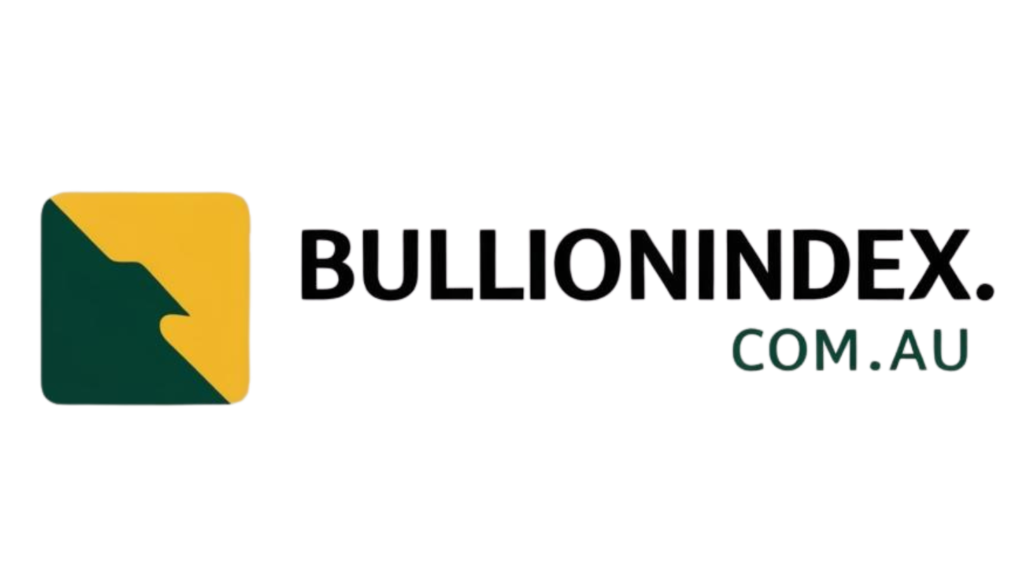Gold price on July 15, 2025 remained steady at $3,352 per ounce, reflecting a consistent value compared to the previous day and a notable increase of $883 from a year ago. This stability and upward trend make gold an attractive investment option for those seeking a hedge against inflation.
Investors often view gold as a reliable asset that tends to appreciate over time, making it a strategic addition to a diversified portfolio, especially during times of market volatility. While physical gold ownership is an option, many individuals opt for gold IRAs to avoid the costs associated with storing physical gold.
Historically, gold has shown resilience in uncertain economic climates, offering a safe haven for investors looking to preserve wealth. Despite the allure of stocks in robust economies due to their potentially higher returns, gold’s status as a store of value remains appealing to risk-averse investors.
The concept of “spot gold” represents the immediate buying or selling price of gold in over-the-counter trades, providing valuable insights into market demand and trends. Fluctuations in the spot price can be influenced by various factors, leading to market volatility that investors should be prepared to navigate.
When considering gold trading, understanding the price spread is crucial. The bid-ask spread indicates the difference between buying and selling prices, with a narrower spread typically indicating a more liquid market and heightened demand for gold.
Investing in gold extends beyond physical ownership, with options like gold bars, coins, jewelry, futures contracts, and gold funds offering diverse pathways for investors. Exchange-traded funds (ETFs) have emerged as a popular choice due to their ease of trading and potential advantages in portfolio rebalancing.
Deciding on the right time to invest in gold is subjective, but the metal’s ability to diversify portfolios and mitigate market risks is well-documented. The current uptrend in gold prices, driven by inflation and economic uncertainties, underscores its appeal as an investment asset.
Aside from gold, other precious metals like silver, platinum, and palladium are common portfolio components. While gold is relatively stable compared to silver, the latter’s industrial applications make it more sensitive to economic shifts. Platinum and palladium, though volatile, can offer additional diversification benefits.
In conclusion, gold continues to be a valuable asset for investors seeking stability and inflation protection in their portfolios. With various investment avenues available, including gold ETFs, individuals can leverage the enduring appeal of gold to achieve their financial goals amidst a dynamic economic landscape.
📰 Related Articles
- Gold Prices in 2025: Trends, Forecasts, and Investment Strategies
- Gold Prices Surge: A Strategic Investment Amid Economic Uncertainty
- Gold Prices Surge Amid Economic Uncertainty: Investment Opportunities Abound
- Gold Prices Dip Amid Global Uncertainty: Investment Strategies Revealed
- Franco-Nevada: Diversify Portfolio with Reliable Gold Investment






